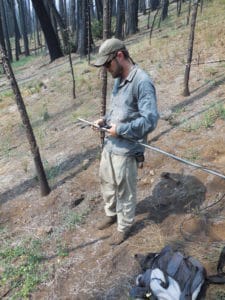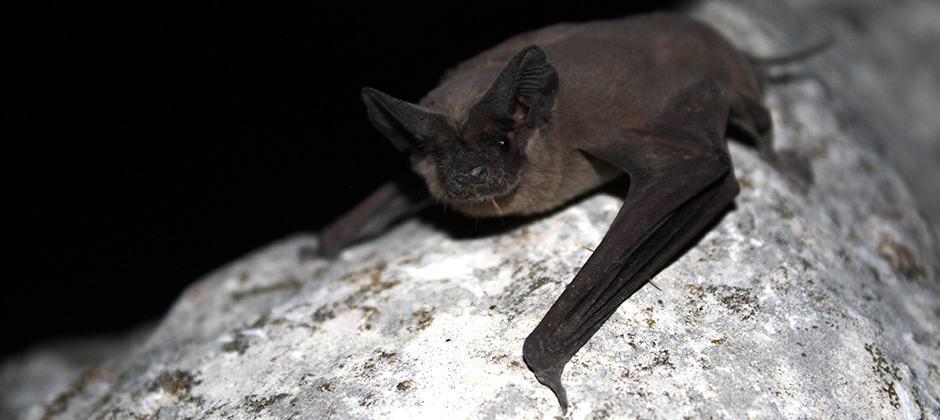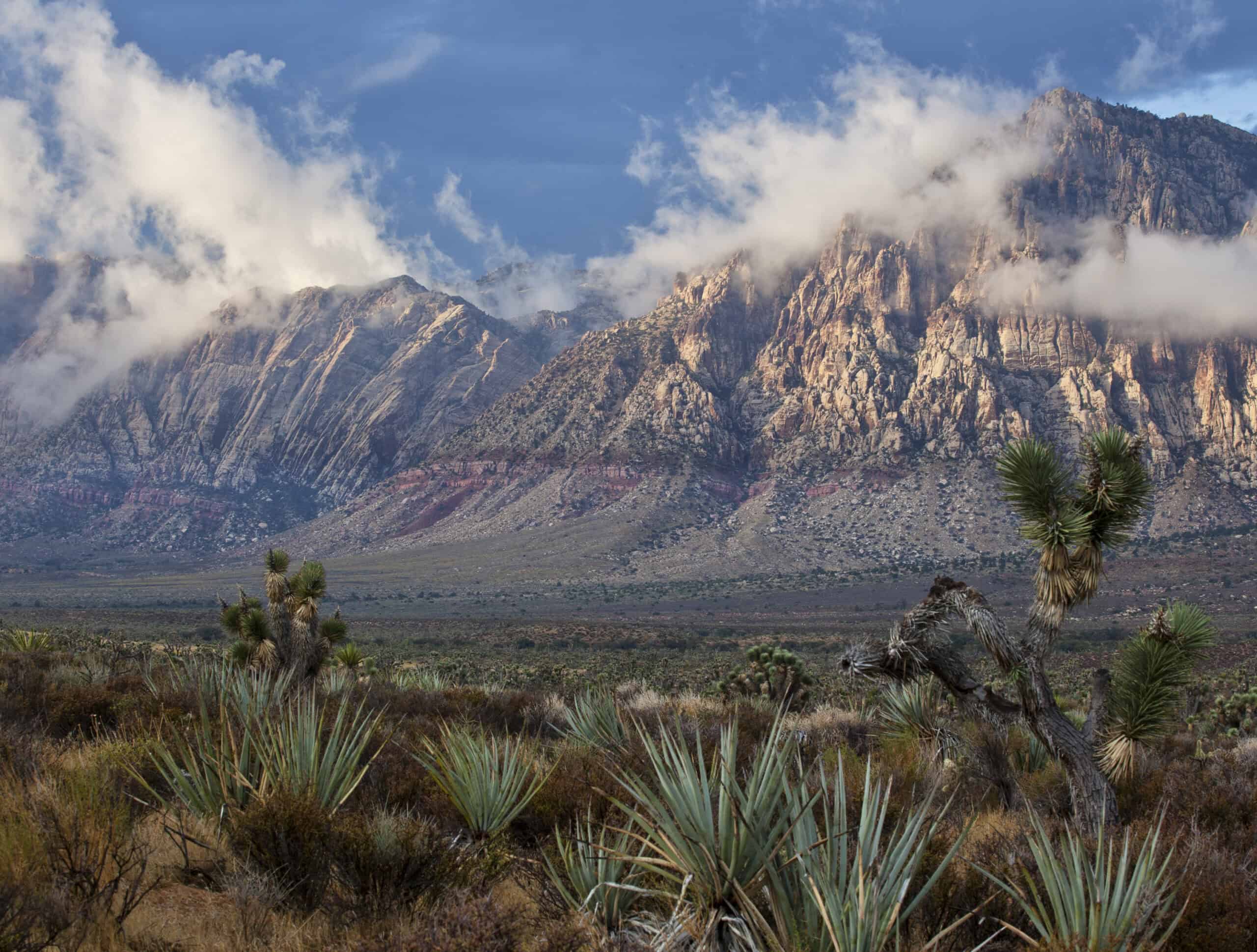Share this article
Bats are resilient to megafires in the West
As burning from lightning-caused wildfires intensifies in the West, researchers were surprised to find that a number of bats are adapting well to the changes.
“We were interested in how these fires influence ecosystem processes and biodiversity across the board,” said Zack Steel, now a postdoctoral researcher at the University of California, Berkeley, who led the study at U.C. Davis as part of his PhD research. “Bats haven’t been studied very thoroughly. It was a hole in our understanding we wanted to focus on.”
Megafires burn greater portions of the landscape with higher severity, Steel said, often resulting in stand-replacing blazes that scorch all the vegetation in their paths. Steel knew different bat species require different types of habitat, but he wanted to look at how fire might affect these different species.
“We had kind of assumed there would be variable responses and some species responding positively to fire and others responding negatively,” he said.

Steel sets up an ultrasonic microphone to record bat echolocation.
Courtesy Zack Steel
They found that pyrodiversity — or variations in fire severity and history of the area — resulted in the most bat species present. About 11 of the 17 species occurred in areas with higher pyrodiversity. They were surprised to find six species — the pallid bat (Antrozous pallidus), fringed myotis (Myotis thysanodes), Yuma myotis (M. yumanensis), silver-haired bat (Lasionycteris noctivagans), Mexican free-tailed bat (Tadarida brasiliensis) and hoary bat (Lasiurus cinereus) — had a positive relationship with high burn severity.
“If we have more variation in burn severity, more species are using those areas,” Steel said.
To conduct the study, published in Scientific Reports and funded by U.C. Davis and the U.S. Forest Service, Steel and his colleagues set up ultrasonic microphones and recorders around areas where three different fires occurred as well as at areas where there was no fire. They looked at study areas in California forests affected by the 2013 Rim Fire, 2004 Power Fire and the 2012 Chips Fire to see which of the 17 species occurred and which were absent. “Technology has gotten better so that we can record echolocations and then make an estimate about which species we’re hearing,” Steel said.
They expected that some forest bats, which are adapted to dense spaces, would prefer less burned areas and that those associated with open landscapes would have a more positive relationship with burned areas. Instead, they found species of both kinds of bats preferred the severely burned regions.
Steel thinks the smaller bats associated with cluttered spaces that they maneuver through preferred burned areas over uncharacteristically dense areas that were created by decades of fire suppression. “To see clutter-tolerant species responding positively was a bit of surprise,” he said. “One hundred fifty years ago, we might have seen more of that mixed response.”
The findings show the importance of having a diversity of burned and unburned areas, Steel said.
“In some ways, this is a good news story for bats,” he said. “It’s good they seem to be resilient to these changes in burns and fire patterns. The basic idea is, a healthier population with more individuals means more chances for greater numbers to survive other threats.”
Header Image: Mexican free-tailed bats responded positively to areas burned by severe fire. ©USFWS/Ann Froschauer








